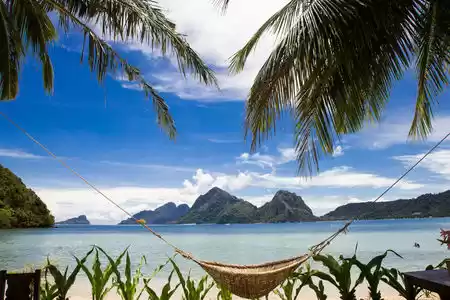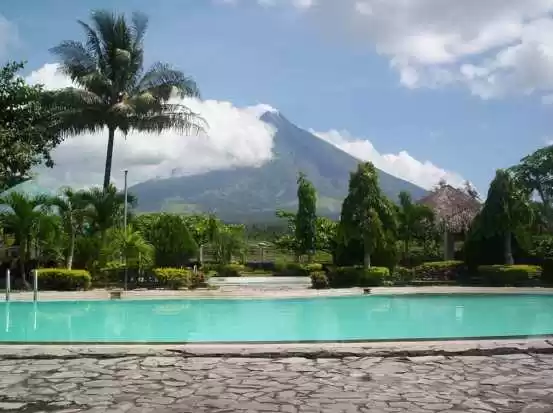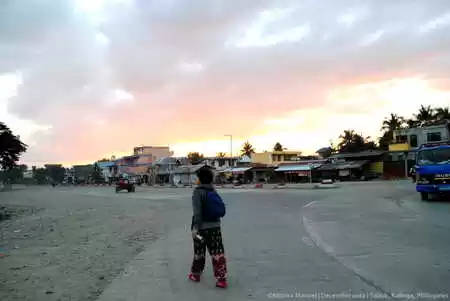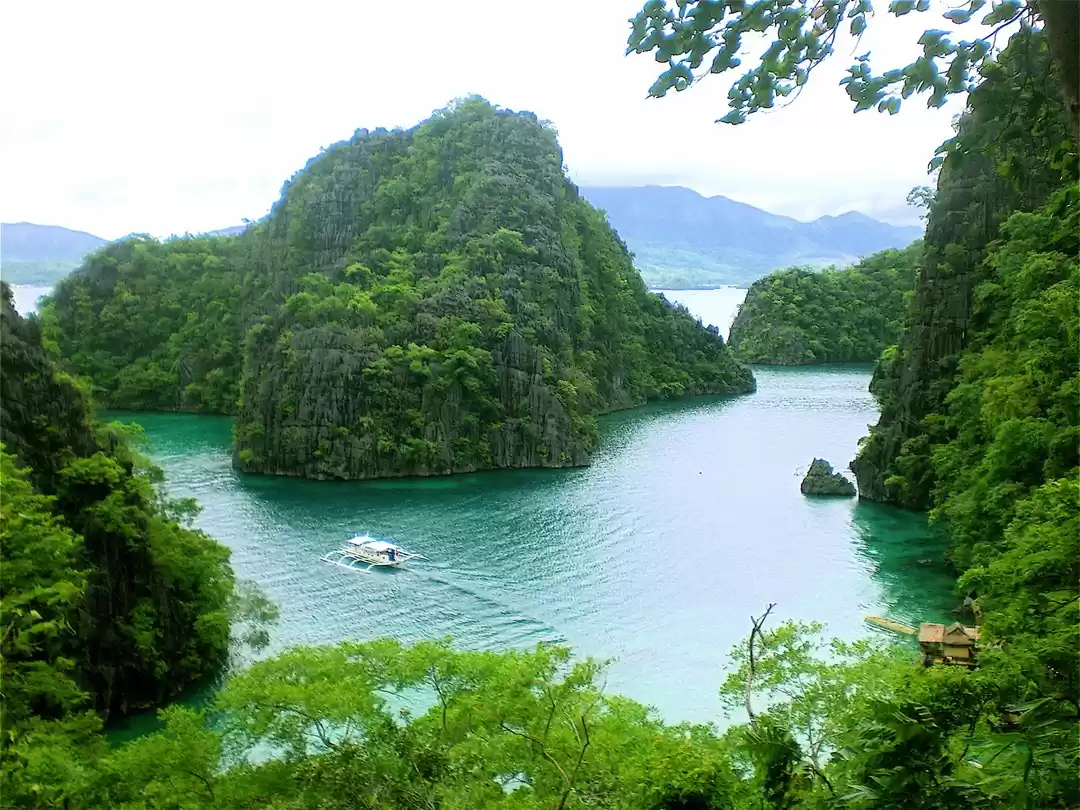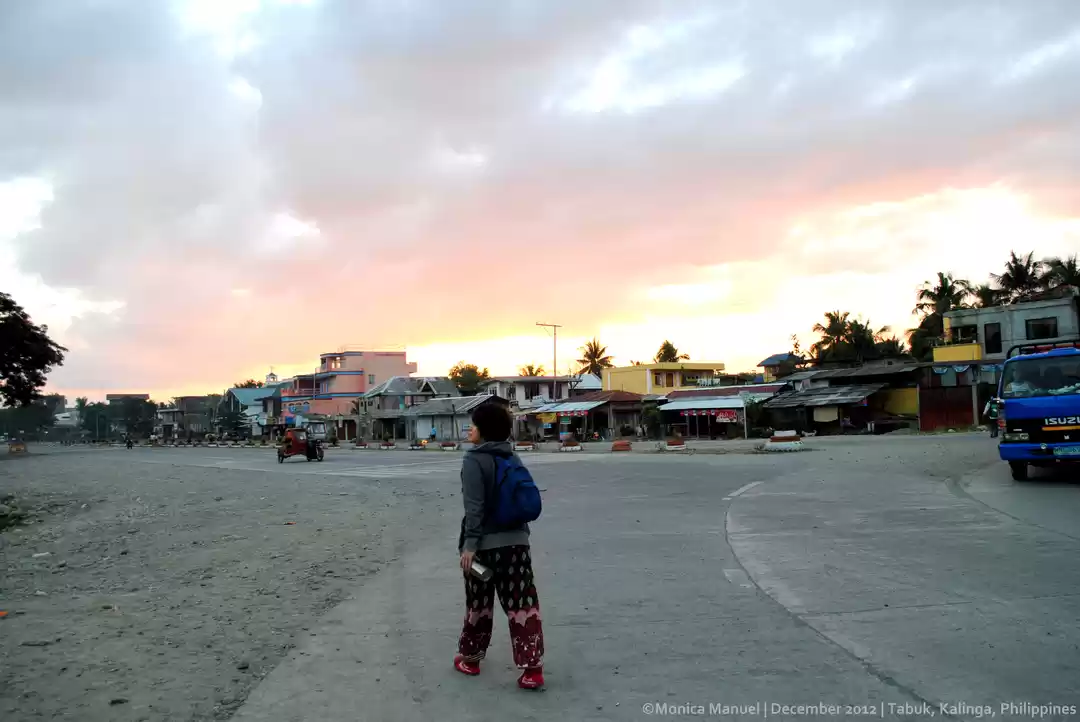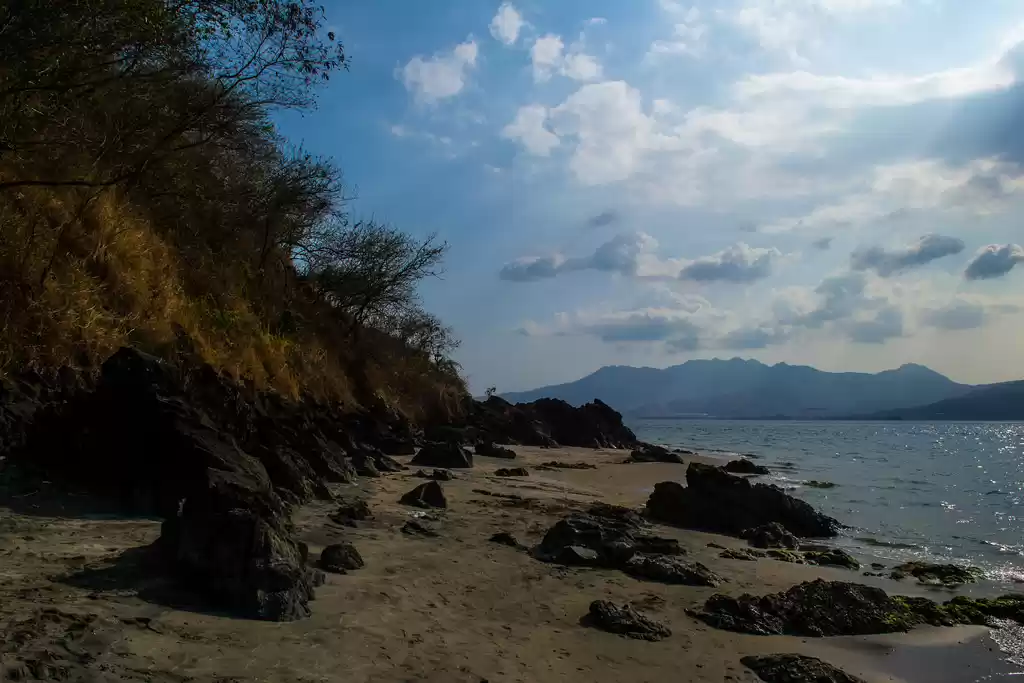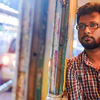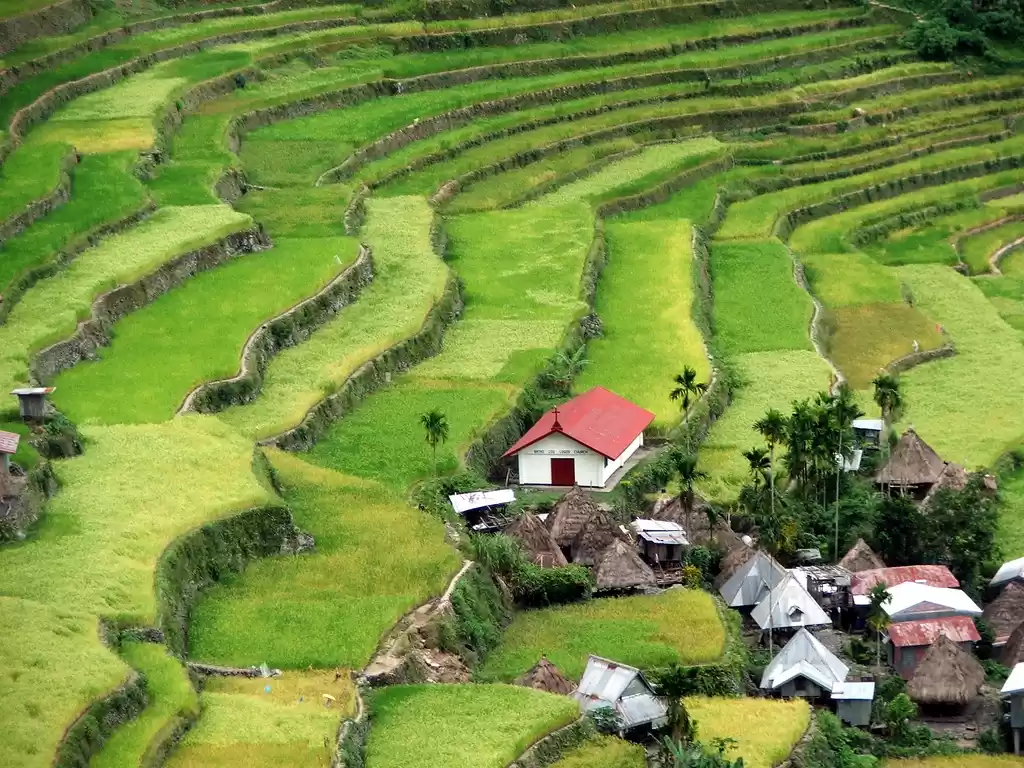Philippines Tourism and Travel Guide
The Philippines (/ˈfɪlɨpiːnz/; Filipino: Pilipinas [ˌpɪlɪˈpinɐs]), officially known as the Republic of the Philippines (Filipino: Republika ng Pilipinas), is a sovereign island country in Southeast Asia situated in the western Pacific Ocean. It consists of 7,107 islands that are categorized broadly under three main geographical divisions: Luzon, Visayas, and Mindanao. The capital city of the Philippines is Manila and the most populous city is Quezon City; both are part of Metro Manila.To the north of the Philippines across the Luzon Strait lies Taiwan Island; Vietnam sits west across the South China Sea; southwest lies Malaysia in the island of Borneo across the Sulu Sea, and to the south the Celebes Sea separates it from other islands of Indonesia; while to the east it is bounded by the Philippine Sea and the island-nation of Palau. Its location on the Pacific Ring of Fire and close to the equator makes the Philippines prone to earthquakes and typhoons, but also endows it with abundant natural resources and some of the world's greatest biodiversity. At approximately 300,000 square kilometers (115,831 sq mi), the Philippines is the 72nd-largest country in the world.With a population of about 100 million people, the Philippines is the seventh-most populated country in Asia and the 12th most populated country in the world. An additional 12 million Filipinos live overseas, comprising one of the world's largest diasporas. Multiple ethnicities and cultures are found throughout the islands. In prehistoric times, Negritos were some of the archipelago's earliest inhabitants. They were followed by successive waves of Austronesian peoples. Exchanges with Chinese, Malay, Indian, and Islamic states occurred. Then, various nations were established under the rule of Datus, Rajahs, Sultans or Lakans.The arrival of Ferdinand Magellan in Homonhon, Eastern Samar in 1521 marked the beginning of Spanish colonization. In 1543, Spanish explorer Ruy López de Villalobos named the archipelago Las Islas Filipinas in honor of Philip II of Spain. With the arrival of Miguel López de Legazpi from Mexico City, in 1565, the first Spanish settlement in the archipelago was established. The Philippines became part of the Spanish Empire for more than 300 years. This resulted in the Roman Catholicism becoming the dominant religion in the country. During this time, Manila became the western hub of the trans-Pacific Manila–Acapulco galleon trade connecting Asia with the Americas.As the 19th century gave way to the 20th, there followed in quick succession the Philippine Revolution, which spawned the short-lived First Philippine Republic, and the Philippine–American War. Aside from the period of Japanese occupation, the United States retained sovereignty over the islands until 1945. After World War II, the Philippines was recognized as an independent nation. Since then, the Philippines has often had a tumultuous experience with democracy, which includes the overthrow of a dictatorship by a nonviolent revolution.The nation's large population and economic potential have led it to be classified as a middle power. It is a founding member of the United Nations, World Trade Organization, Association of Southeast Asian Nations, the Asia-Pacific Economic Cooperation forum, and the East Asia Summit. It also hosts the headquarters of the Asian Development Bank. The Philippines is considered to be an emerging market and a newly industrialized country, which has an economy transitioning from being one based on agriculture to one based more on services and manufacturing.


